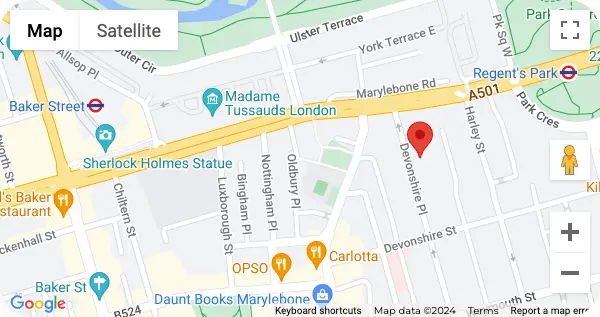Dietary Insufficiency
What is vitamin D deficiency?
Vitamin D deficiency is a condition caused by the lack of vitamin D in your body for it to function properly. This essential vitamin helps your body’s calcium absorption, maintains optimal skeletal health, and boosts the immune system. Not enough vitamin D, and you could feel fatigued, weak or even have bone pain and muscle pain.
Vitamin D is a fat soluble vitamin that your body can produce when your skin is exposed to sunlight. It is also present in some fortified foods and supplements. But if you do not get plenty of sun, or if your diet is low in vitamin D, taking a vitamin supplement can help you avoid deficiency. It can occur gradually over time and may go unnoticed until the symptoms become more serious.
How much vitamin D do I need?
These are general dietary reference intake recommendations. Some people need more, especially those with low levels, little sun exposure or certain disorders.
Age group And Recommended daily allowance:
- Infants (0-12 months): 400 IU (10 mcg)
- Children (1-18 years old): 600 IU (15 mcg)
- Adults (19-70 years): 600 IU (15 mcg)
- Adults over 70: 800 IU (20 mcg)
- Pregnant or breast milk feeding: 600 IU (15 mcg)
IU = International Units (IU of vitamin)
mcg = micrograms (1 mcg = 40 IU)











